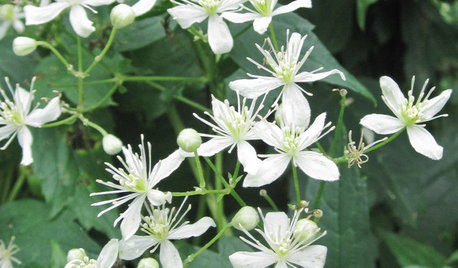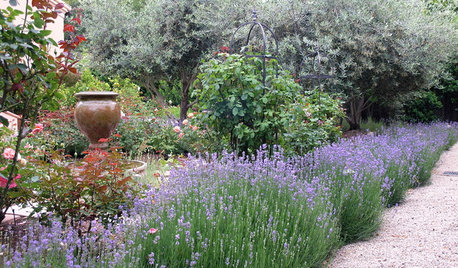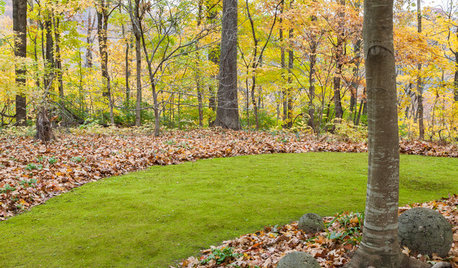Have any of you successfully germinated clematis seed?
gardenfanatic2003
18 years ago
Related Stories

GARDENING GUIDESGreat Design Plant: Clematis Virginiana
Devil’s darning needles, a vigorous vine native to eastern North America, likes partial shade and many types of soils
Full Story
GARDENING GUIDESUnleash Your Guerilla Gardener
Toss some seed bombs around the yard for easy, beneficial plantings
Full Story
FALL GARDENINGReflecting on a Gardening Year
Mistakes and successes, surprises and comforts. The garden helps us grow in new ways every year
Full Story
WINTER GARDENINGExtend Your Growing Season With a Cold Frame in the Garden
If the sun's shining, it might be time to sow seeds under glass to transplant or harvest
Full Story
GARDENING GUIDESGreat Design Plant: Blue Sage
True blue and adored by hummingbirds, blue sage is easy to grow from seed in a sunny fall garden
Full Story
MOST POPULARMeet a Lawn Alternative That Works Wonders
Carex can replace turfgrass in any spot, is low maintenance and adjusts easily. Add its good looks and you’ve got a ground cover winner
Full Story
FLOWERSHerb Garden Essentials: Grow Your Own Fragrant Lavender
This do-it-all plant is ideal for almost any garden, and its uses are abundant around the home
Full Story
GARDENING GUIDESWeed War: When and How to Use Chemical Herbicides
Before you spray, arm yourself with knowledge about which weed killers — natural or synthetic — are right for your yard
Full Story
GROUND COVERSGround Force: 10 Top Ground Covers for Your Garden
Protect your soil from weeds and drought this summer with a living mulch of ground covers
Full Story
LANDSCAPE DESIGNMoss: Nature’s Carpet for the Garden
Learn how to grow and use this ancient and mysterious natural wonder for delightful texture in the landscape
Full Story



suzymac
gardenfanatic2003Original Author
Related Discussions
HAVE: Germinated clematis fremontii seeds
Q
Do any of you have any Coulmbine seed?
Q
What if my seeds have germinated, but do not have leaves?
Q
Best way to germinate Clematis Henryi seed?
Q
katie
nckvilledudes
suzymac
calistoga_al ca 15 usda 9
suzymac
nckvilledudes
suzymac
jackie_o
nckvilledudes
suzymac
Joan Dupuis
Joan Dupuis
nckvilledudes
calistoga_al ca 15 usda 9
bcollingwood
suzymac
bcollingwood
nckvilledudes
suzymac
jackie_o
nckvilledudes
suzymac
nckvilledudes